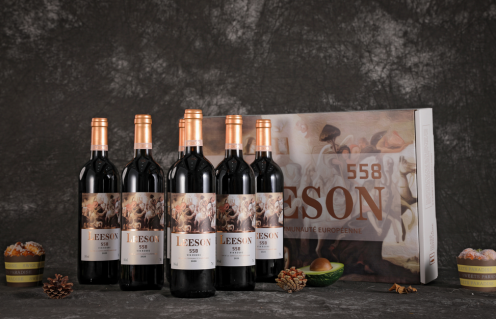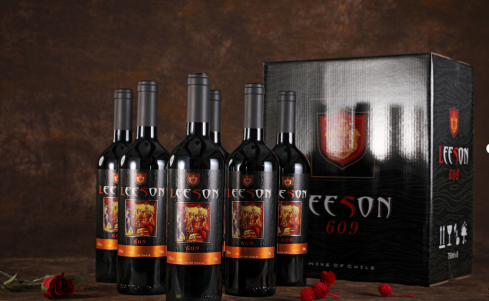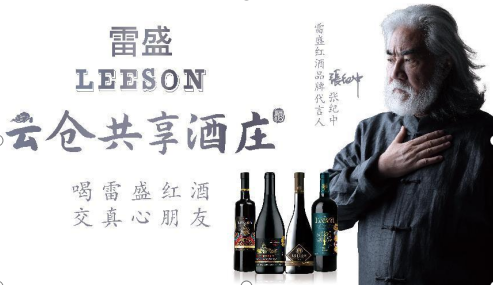How doesLEESON Red Wine create its consumption scene through communication and interaction between products and users?
There are differences in the consumption and use of wine between China and the West. In the West, when drinking wine, the common scene is to dangle the glass, smell the taste, look at the color, and judge the vintage of the grape. However, Chinese drinking wine is not so complicated. The entrance is smooth and easy to drink. It is more to express kindness and deep feelings. Usually, it is more enjoyable to "dry" it! This results in two completely different drinking scenarios and sales methods. With the improvement of China's per capita income and the increasing consumption concept of healthy drinking, wine will gradually enter the homes of ordinary people, and the family consumption market will gradually expand.

The focus of wine is how to establish and promote consumption channels under the current consumption environment. For example, Leisheng wine, the main wine brand of Guangzhou Wanhao Wine Co., Ltd., is operated nationwide by Hainan Yuncang Winery Co., Ltd. It adopts a full-series overall brand form of multi-country procurement, multiple wine varieties, and multiple price ranges. Sheng (LEESON) wine can meet many different consumption scenarios;
From entry-level affordable wines, "ration wines" that drinkers always have, to high-end wines, consumers are provided with choices at different prices; and based on multi-supplier purchases in different countries, consumers are also provided with mixed dry red, single Grape varieties such as dry red, dry white, sweet white, brandy and other wines with various tastes and flavors are extremely complete in terms of richness and are increasing in an orderly manner;
In terms of supply price, we strive to ensure that the entry-level models are not bad, the special models are not bad, and the high-end models are not expensive. Because of the multiple price ranges, we cannot use low-priced wines to compare with high-priced wines, nor can we use high-priced wines with low-priced wines. The cost-effective ratio of the price, but the pursuit of cost-effectiveness of this wine in each price of wine, and the pursuit of each wine makes consumers feel that the value for money is excellent.

At present, wine generally follows the mainstream scene of baijiu, and on this basis brings consumers a more upscale, novel and pleasant experience. In the Western wine consumption scene, when it comes to production areas and taste, the advantage is "precision", but the disadvantage is that it becomes a "screening program" for target consumers. In the view of Leisheng Wine, the consumption of wine in China at this stage is not to filter out non-target customers in a complete sense, but to popularize and promote the consumption of wine. With consumers, the role and value of the scene converter will be reflected when the users are settled down.
The consumption scene of Leisheng Red Wine is an upgrade on the basis of consumption. The core content is not only to pay attention to the material and functional needs of consumers, but also to pay attention to the spiritual and emotional needs of users. In the era of mobile Internet, a new vocabulary is used to describe consumers, called "users", which is more appropriate to explain the consumption scene. The consumption scene is not only the form and price of the product, but also the purpose or meaning of consumption at a deeper level, which is the visual sense of the "user" and the real experience of the "user".

Leisheng Red Wine always believes that the consumption scene of wine starts from the needs of consumers, and communicates with users through the combination and application of scene elements. Only by attracting users with unique and personalized tonality and atmosphere can the sales momentum of wine be established. Only by building a closed loop of key elements such as pipeline display and sales supporting strategies, can the product go on the road of dynamic sales.
The scene creation of Leisheng Red Wine is to communicate and interact with users through products, so that users can feel the temperature of the brand, the recognition of brand value and the super-value consumption experience, thereby generating brand stickiness. For example, Leisheng Red Wine’s blind tasting wine selection, for a wide variety of red wines from different production areas, Leisheng Red Wine gives consumers the right to choose, and through blind tasting meetings in various places, consumers and professional wine lovers Participants will select products that not only make consumers like it but also have a good repurchase rate through blind tasting.
Products and brands build their consumption scenes through Leisheng blind tasting events all over China, so that Leisheng wine can establish a strong sense of substitution among consumers. Under certain conditions, the scene kinetic energy is the sales kinetic energy of the pipeline, which makes consumers have reasons to buy, resulting in user fission and multiplication effects.





